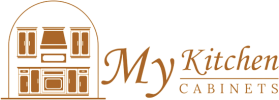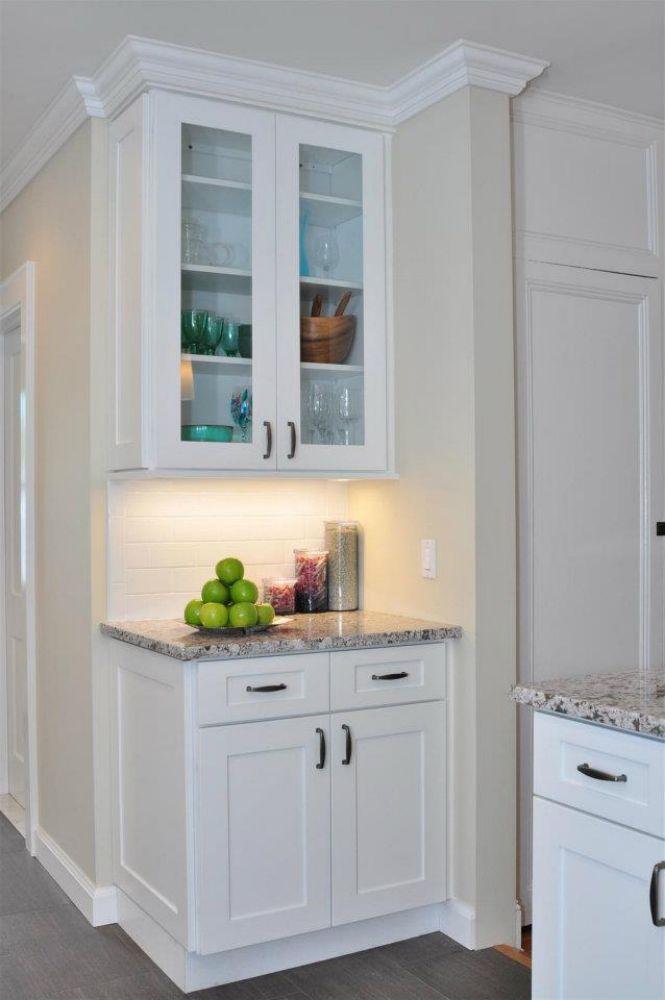Why Proper Cabinet Installation Matters
Installing kitchen cabinets is one of the most important steps in a remodel. Cabinets define the kitchen’s appearance, functionality, and overall durability. Even the highest-quality cabinetry will fail to deliver if installation is not executed correctly. That’s why following best practices is essential for ensuring a professional finish. Homeowners who invest in Forevermark Cabinets enjoy the benefits of well-crafted cabinetry, but proper installation is the key to achieving their full potential in both performance and longevity.
Preparing the Kitchen for Forevermark Cabinets Installation
Preparation is the foundation of a successful installation. Before unpacking your Forevermark Cabinets, homeowners should:
-
Clear the Space: Remove old cabinets, appliances, and debris to create a clean workspace.
-
Check the Walls and Floors: Make sure surfaces are level and free of major defects. Uneven walls or floors can cause issues with alignment.
-
Locate Wall Studs: Use a stud finder to mark where cabinets will be anchored. Cabinets must be attached securely to studs to support weight.
-
Verify Measurements: Double-check the layout and compare it with the cabinet order to ensure everything will fit correctly.
These steps prevent delays and help avoid costly mistakes once the installation begins.
Tools Needed for Installing Forevermark Cabinets
Having the right tools ensures accuracy and efficiency. Recommended tools for installing Forevermark Cabinets include:
-
Drill and drill bits
-
Level (preferably a long 6-foot level)
-
Tape measure
-
Screwdrivers
-
Clamps
-
Stud finder
-
Shims
-
Rubber mallet
-
Safety equipment (gloves, goggles)
With these tools prepared, you’ll be better equipped to achieve a professional-grade installation.
Unpacking and Inspecting Forevermark Cabinets
When your Forevermark Cabinets arrive, inspect them before starting the installation:
-
Check for damage or defects from shipping.
-
Ensure all components are included (doors, drawers, panels, shelves, hardware).
-
Confirm finishes match your order and design specifications.
If you ordered ready-to-assemble (RTA) cabinets, assemble them according to the instructions before installation begins. Forevermark provides clear, detailed guides to make assembly manageable for both professionals and DIY homeowners.
Marking the Layout for Wall and Base Cabinets
One of the most important best practices for installing Forevermark Cabinets is properly marking your layout. Start with the wall cabinets before moving to the base cabinets.
-
Mark the high point of the floor using a level.
-
Measure 34 ½ inches from the high point to establish the base cabinet height line.
-
Mark the top line for wall cabinets, typically 54 inches from the floor.
-
Draw vertical plumb lines where cabinets will be installed.
Accurate layout lines prevent misalignment and ensure a uniform installation.
Installing Wall Cabinets First
Forevermark Cabinets should be installed with wall cabinets first. This prevents base cabinets from obstructing the process and provides more working space.
-
Start in the corner or at the most visible part of the kitchen.
-
Temporarily screw a ledger board along the bottom line of the wall cabinet layout to support cabinets during installation.
-
Position and level each cabinet before securing it into studs.
-
Connect adjacent cabinets with clamps and screws for tight seams.
By starting with wall cabinets, you ensure that the upper and lower sections align seamlessly.
Installing Base Cabinets
Once the wall cabinets are in place, install the base cabinets:
-
Start at the highest point of the floor to avoid gaps.
-
Use shims under cabinets to level them if the floor is uneven.
-
Secure cabinets to wall studs through the back rail.
-
Connect base cabinets together with screws through the side panels.
Check alignment and leveling frequently to ensure a professional appearance.
Securing Forevermark Cabinets Properly
Forevermark Cabinets are designed for sturdiness, but proper securing is critical. Always:
-
Use long screws to anchor into studs (not just drywall).
-
Avoid over-tightening screws, which can damage the cabinet frame.
-
Shim cabinets as needed for precise leveling.
Proper securing ensures that the cabinets support heavy loads like countertops, appliances, and daily use.
Attaching Doors and Drawers
After the main cabinet boxes are installed, attach the doors and drawers:
-
Install drawer slides and ensure smooth operation.
-
Attach doors with soft-close hinges, adjusting them for perfect alignment.
-
Check that doors open and close without obstruction.
Forevermark Cabinets often include soft-close features as a standard, which enhance both durability and functionality.
Adding Cabinet Accessories and Finishing Touches
Forevermark Cabinets can be enhanced with accessories such as:
-
Crown molding for a finished look.
-
Light rail molding under wall cabinets for task lighting.
-
Decorative panels or filler strips for seamless design.
-
Toe kicks for a polished base finish.
These finishing touches elevate the overall kitchen design and make the cabinets look custom-built.
Common Mistakes to Avoid When Installing Forevermark Cabinets
Homeowners should avoid these common errors during installation:
-
Failing to level cabinets, which leads to uneven countertops.
-
Skipping stud anchoring, which risks cabinets pulling away from walls.
-
Over-tightening screws, which damages wood frames.
-
Ignoring gaps or misalignments that compromise the final look.
By following best practices, these mistakes can be easily avoided.
Professional vs. DIY Installation
Forevermark Cabinets are designed to be DIY-friendly, especially their RTA lines. However, professional installation is recommended if:
-
You have little carpentry experience.
-
The kitchen layout is complex.
-
You are installing heavy countertops like granite or quartz.
Professionals bring expertise, tools, and efficiency, but DIY homeowners can still achieve excellent results by following step-by-step best practices.
Maintenance Tips After Installation
Proper maintenance after installation ensures longevity:
-
Clean cabinets with mild soap and water—avoid harsh chemicals.
-
Tighten hardware occasionally if needed.
-
Use soft cloths to prevent scratching finishes.
-
Keep moisture exposure minimal to prevent wood warping.
With these practices, Forevermark Cabinets will remain beautiful and durable for decades.
Conclusion
The best practices for installing Forevermark Cabinets involve careful preparation, accurate measurements, proper securing, and attention to finishing details. From leveling walls and floors to installing wall cabinets first, every step contributes to a professional-grade installation.
Forevermark Cabinets are designed with quality construction, soft-close features, and stylish finishes, but their performance depends on proper installation. Whether installed by professionals or skilled DIY homeowners, following these best practices ensures that your investment delivers long-lasting functionality and beauty.
By taking the time to prepare, measure, and install carefully, you can enjoy the full value of Forevermark Cabinets—cabinetry that enhances the kitchen with both strength and elegance.
FAQs About Installing Forevermark Cabinets
1. Do I need professional help to install Forevermark Cabinets?
Not necessarily. Forevermark Cabinets are designed to be DIY-friendly, especially RTA models. However, professional installation is recommended for complex layouts or when heavy countertops are involved.
2. Should I install wall cabinets or base cabinets first?
Always install wall cabinets first. This provides better access and prevents base cabinets from getting in the way during installation.
3. How do I level Forevermark Cabinets on uneven floors?
Use shims under the base cabinets to ensure they are level. Always start installation at the highest point of the floor.
4. Do Forevermark Cabinets come with soft-close features?
Yes, most Forevermark Cabinets come standard with soft-close doors and drawers. This feature enhances durability, safety, and everyday convenience.
5. How do I maintain Forevermark Cabinets after installation?
Clean with mild soap and water, avoid harsh chemicals, and use soft cloths to prevent scratches. Check hardware periodically and limit moisture exposure for maximum lifespan.
Read: How environmentally friendly are the production processes of Forevermark Cabinets?
Read: How do I adjust drawers and doors on Forevermark Cabinets after installation?

